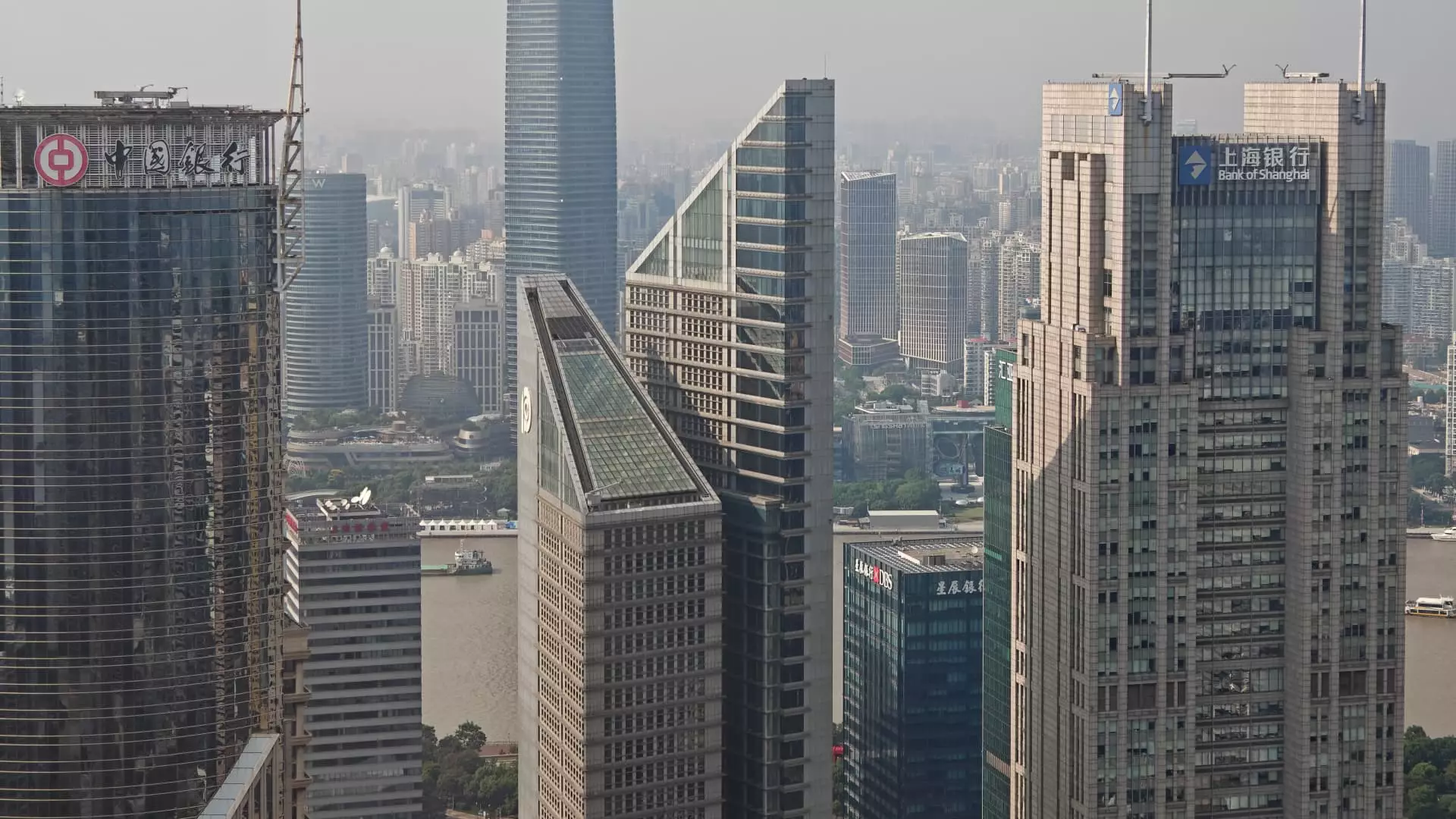In recent months, China’s economic narrative has remained eerily static, fostering a misleading sense of stability among cautious investors. While some markets show minor upticks, the underlying currents reveal a fragile situation where geopolitical tensions, policy indecision, and trade uncertainties continue to cast long shadows. For investors adopting a center-right liberal stance, favoring pragmatic prudence over reckless optimism, it is clear that the current landscape demands more than superficial reassurances. The narrative that Chinese markets will bounce back based solely on high dividend yields misses the deeper issues—the persistent lack of structural reforms, opaque policy signals, and an unpredictable geopolitical environment. Relying primarily on dividend plays to navigate this murky territory risks masking fundamental vulnerabilities—those that can cause abrupt downturns if ignored.
The Mirage of Dividend Safety in a Turbulent Market
The recent emphasis on high dividend yields—such as PICC P&C’s 4.5% or PetroChina’s 7.3%—appears attractive at first glance. These high yields embody an optimistic view that China’s state-backed firms will sustain growth and stability. However, such reliance can be dangerously misleading. High dividend payments, especially in volatile economic environments, may be a result of financial engineering, debt accumulation, or government subsidies rather than genuine earnings strength. This reliance on dividend yields alone can lull investors into complacency, blinding them to the broader risks of declining revenues, regulatory crackdowns, or macroeconomic shocks. Smart investors know that in the current climate, yield is not synonymous with safety—particularly when the very entities offering these dividends are subject to policy shifts and global tension.
The Politics of Market Confidence and the Danger of Complacency
Central to understanding China’s market dynamics is the unsteady dance of political signals and economic realities. The Chinese government’s failure to demonstrate a clear growth strategy, coupled with looming trade negotiations and uncertain policy directions, breeds an environment of skepticism. The upcoming Politburo meeting and the expiration of U.S.-China tariff truce are significant catalysts that could introduce heightened volatility. For investors who lean toward a conservative, center-right approach, this signals a time for strategic restraint rather than aggressive positioning. Assuming that high-dividend stocks can shield you from volatility ignores the political risks — policies could change abruptly, and state-influenced firms may face regulatory headwinds. It’s imprudent to stake one’s financial future on the assumption that current high yields will persist unimpaired by political upheaval.
The Narrowing of Investment Opportunities and the Conundrum of Diversification
The disparity between the performance of Hong Kong stocks and mainland China stocks underscores an important lesson: not all high-yield assets are created equal. Despite the impressive 20% gains of Hong Kong’s Hang Seng, the slowdown in China’s broader economy suggests a deceleration in growth prospects. Meanwhile, the allure of tech stocks, once buoyed by AI optimism, is waning as those sectors face slowing inflows and regulatory pressures. The temptation for some investors is to chase high yields in stocks like CR Power or PetroChina, but this focus ignores the broader diversification problems. Relying heavily on these assets risks magnifying losses if macroeconomic or political shocks occur. For those who firmly believe in the importance of prudent allocation, a more balanced approach—combining high-dividend plays with strategic hedges—should be prioritized rather than sheer yield-chasing.
The Flawed Faith in State-Backed Stability
Finally, the narrative that state-backed companies will inevitably weather storms better than private competitors warrants skepticism. While government support can temporarily sustain high yields, it can also mask underlying inefficiencies. The Chinese leadership’s focus on maintaining order often involves support measures that delay necessary reforms, cultivating an illusion of resilience. This illusion can be dangerous, giving investors a false sense of security just as cracks begin to appear in China’s economic fundamentals. Conversely, global investors—especially those from center-right perspectives—should recognize that diversification beyond China, into more transparent and stable markets like Europe or even certain segments of the U.S., remains essential. Clinging to high-yield Chinese assets as a primary safety net risks exposing portfolios to avoidable collateral damage if the economy’s underlying vulnerabilities are exposed.
This landscape demands rigorous scrutiny and a willingness to accept that, in the current environment, reliance on high dividends and market complacency is a fragile and potentially perilous strategy. Instead, a vigilant, balanced, and skeptical approach is the most rational path forward for prudent investors unwilling to gamble on illusions of stability that may soon be shattered.

